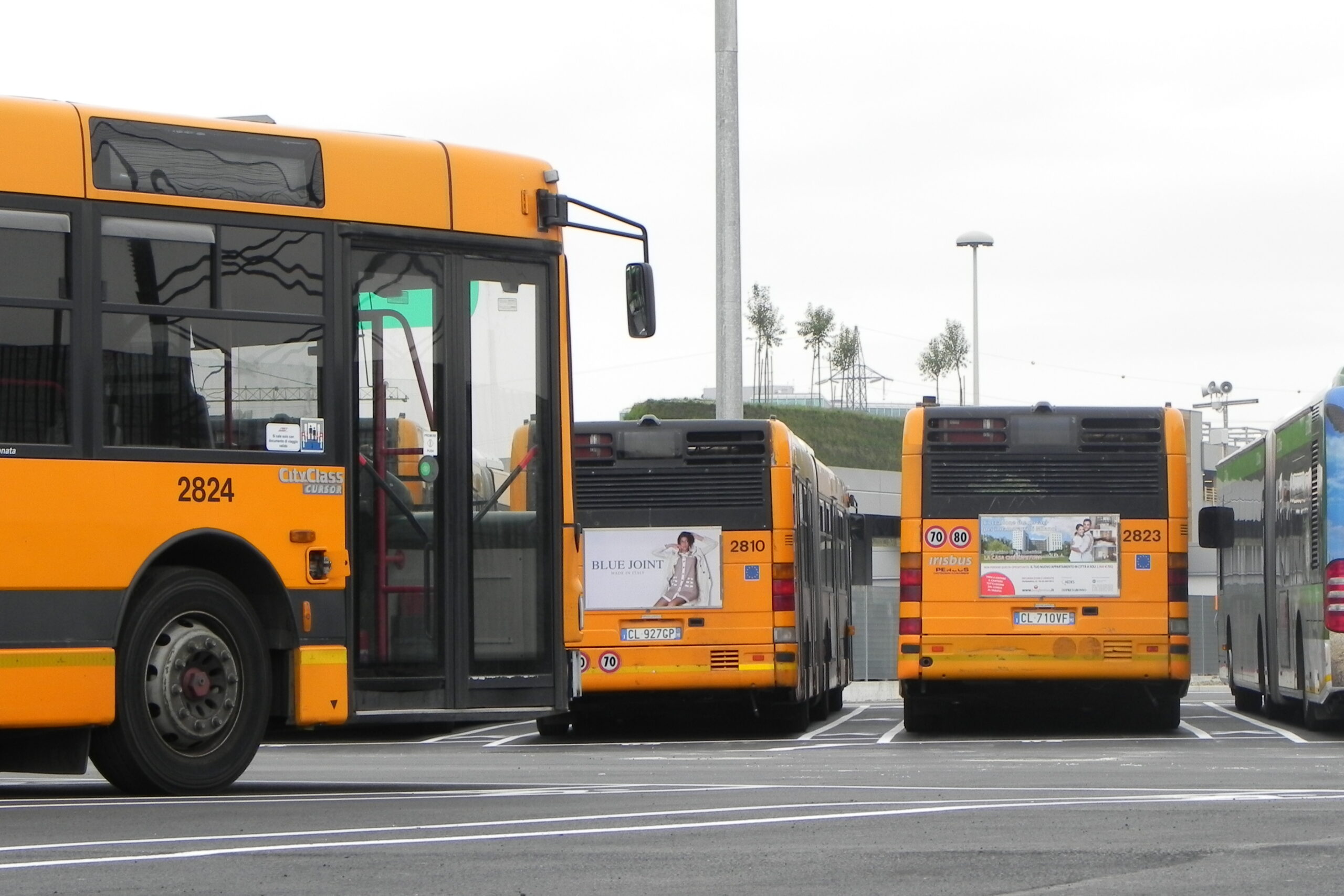What will local public transport be like when schools reopen?

Both in the urban and extra-urban areas, the Ministry of Infrastructure and Sustainable Mobility does not listen to the appeals of the Regions that find themselves managing (few) services with (low) load capacity. Marco Foti's speech
In the local area, a cry of alarm is raised from several quarters, highlighting the need for an increase in services (number of trips) and in the load capacity of means of transport, thus avoiding the situations that occur today, with overcrowding. exceedingly superior to the most normal safety conditions (travel and health).
The resumption of the school, in complete presence, requires priority interventions, starting, as suggested by the association of school managers, from the definition of a timetable that allows the movement of students in complete safety. And on this point, today more than ever before, the planning tool, with the same economic, organizational and instrumental resources, is the winning weapon to satisfy the enormous requests and needs of students to travel by public transport. This is the lever on which to act, there are tools to facilitate planning, big data (Floating Car Data, telephone data, passenger counts) and simulation models are available that allow dynamic programming of services.
I believe that we must have courage, courage on the part of a Ministry of Infrastructure and Sustainable Mobility that must take the situation in hand and dictate the rules of the game.
Although the same Ministry, to strengthen public transport, has made available to local authorities 200 million for additional services and 168 million as an advance to activate agreements with private individuals, ASSTRA, the national association of public transport companies Local, declared in recent days that “the additional services can be activated where there are technical conditions. For example, it is unthinkable that regular buses can replace a subway in the center of our cities ”.
That is, my reflection, it is not enough to put money into the "system" without a shared national strategy because buses, trams and subways in cities can and must travel in complete safety, avoiding being transformed into cattle wagons.
On rail transport, the theme is very different. Intercity and Frecce travel empty vehicles, subtracting the possibility of being able to travel with national services from about 500 people per train. This involves the transshipment of users on regional trains, where the (theoretical) limit of 80% of capacity remains, and where unfortunately very often large gatherings are created to the detriment of safety and quality of services. Add to this the great criticality of booking on long-distance trains, whose absolutely ineffective system is sending the system into a tailspin, with intercity and semi-empty arrows due to mass bookings by users and passengers who are forced to opt for the choice of regional trains. Contributing even more to the chaos of the transport system.
Both in the urban and extra-urban areas, the Ministry of Infrastructure and Sustainable Mobility does not listen to the appeals of the Regions that find themselves managing (few) services with (low) load capacity. It is possible to adopt these suggestions, to work in unison with Regions, local authorities and transport companies, too.
This is a machine translation from Italian language of a post published on Start Magazine at the URL https://www.startmag.it/smartcity/come-sara-il-trasporto-pubblico-locale-alla-riapertura-delle-scuole/ on Sat, 31 Jul 2021 10:10:01 +0000.
